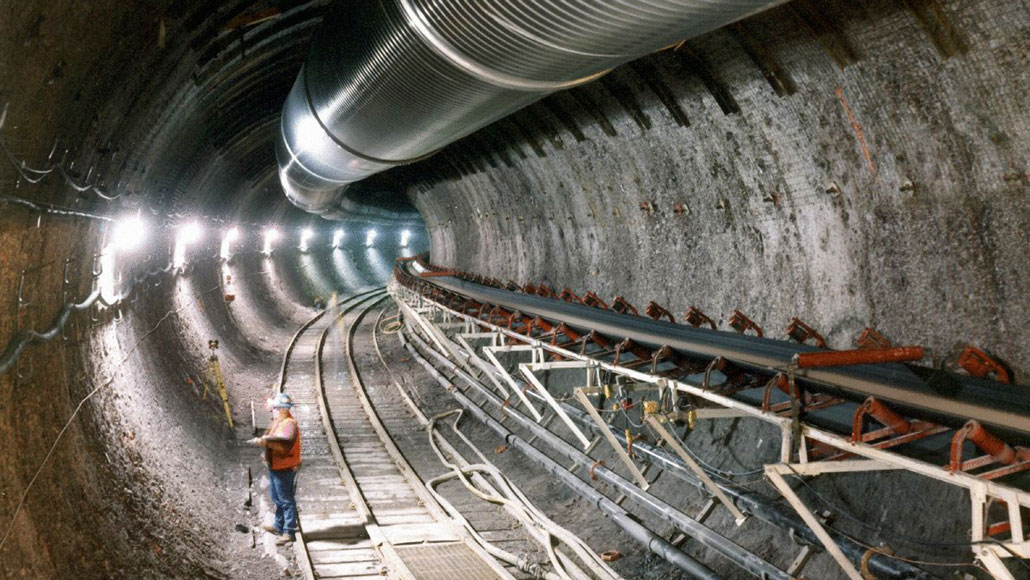
Containers that the U.S. government plans to use to store dangerous nuclear waste underground may be more vulnerable to water damage than previously thought.
Millions of liters of highly radioactive waste from the U.S. nuclear weapons program are currently held in temporary storage units across the country. The government’s game plan for permanently disposing of this material is to mix radioactive waste into glass or ceramic, seal it in stainless steel canisters and bury it deep underground. Such a nuclear waste dump may be constructed under Yucca Mountain in Nevada, but local opposition has stalled the project (SN: 1/16/02).
Now, new lab experiments reveal another potential snafu in the scheme. When a nuclear waste package is exposed to groundwater, chemical interactions between a stainless steel canister and its glass or ceramic contents may cause the materials to corrode slightly faster than expected, researchers report online January 27 in Nature Materials. That corrosion risks exposing the radioactive waste stored in the container.
Xiaolei Guo, a materials scientist at Ohio State University in Columbus, and colleagues discovered this problem by pressing pieces of stainless steel against glass or ceramic and submerging the materials in a saltwater solution, simulating groundwater exposure. When water seeped into the boundary between the stainless steel and ceramic or glass, the steel released ferrous iron, ferric iron and other components that created an acidic environment at the metal’s surface. That acidity corroded the neighboring ceramic or glass.
Some water exposure is considered inevitable while nuclear waste is entombed, says William Ebert, a nuclear materials researcher at Argonne National Laboratory in Lemont, Ill., not involved in the work. An underground nuclear waste dump is, after all, supposed to store waste securely for thousands of years. But Ebert cautions that submerging metal, glass and ceramic in saltwater in the lab is quite different from a very small amount of groundwater seeping into a steel canister. So it’s not entirely clear how much the newly identified corrosion process would jeopardize buried nuclear waste.
Guo and colleagues are investigating materials to coat the inside of a steel canister that could act as a buffer between the metal and ceramic or glass components, just in case.
Source: Physics - www.sciencenews.org


